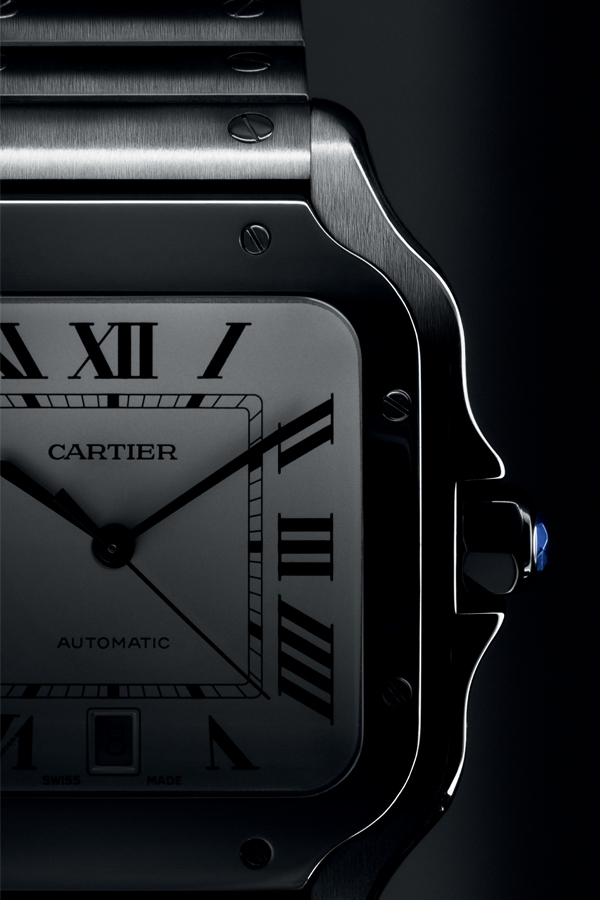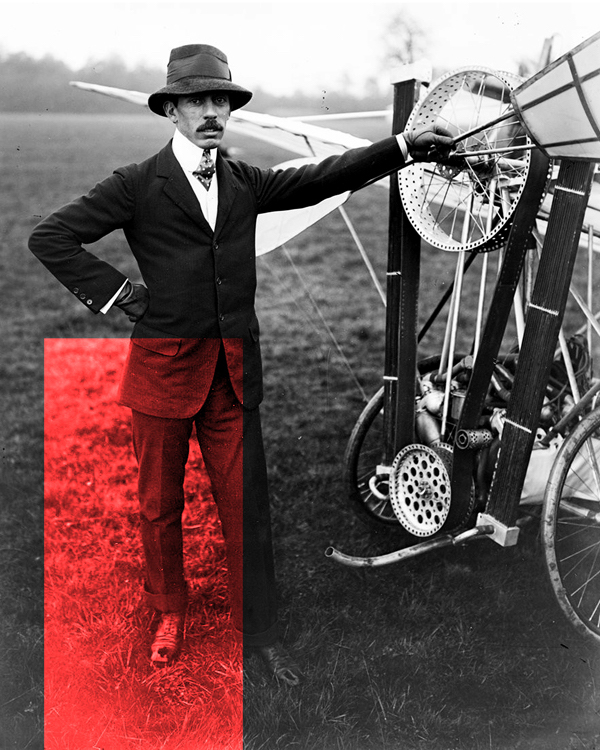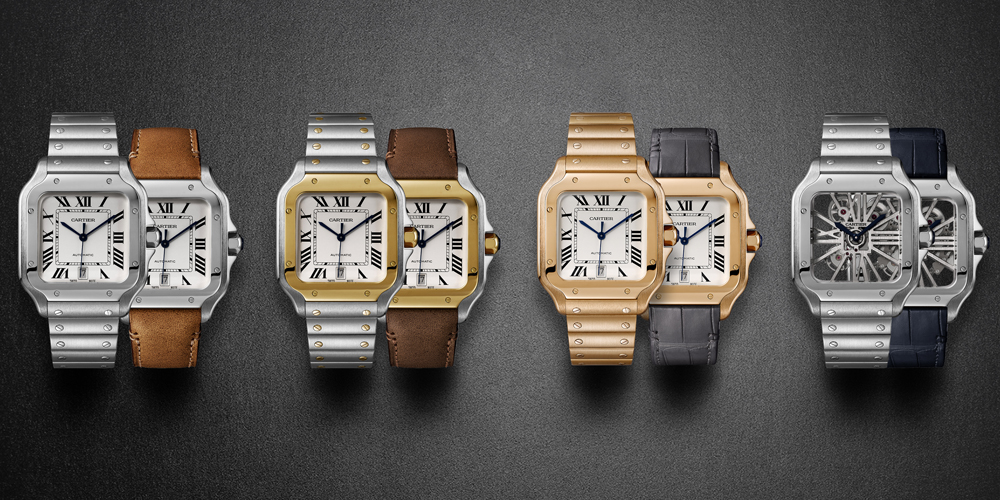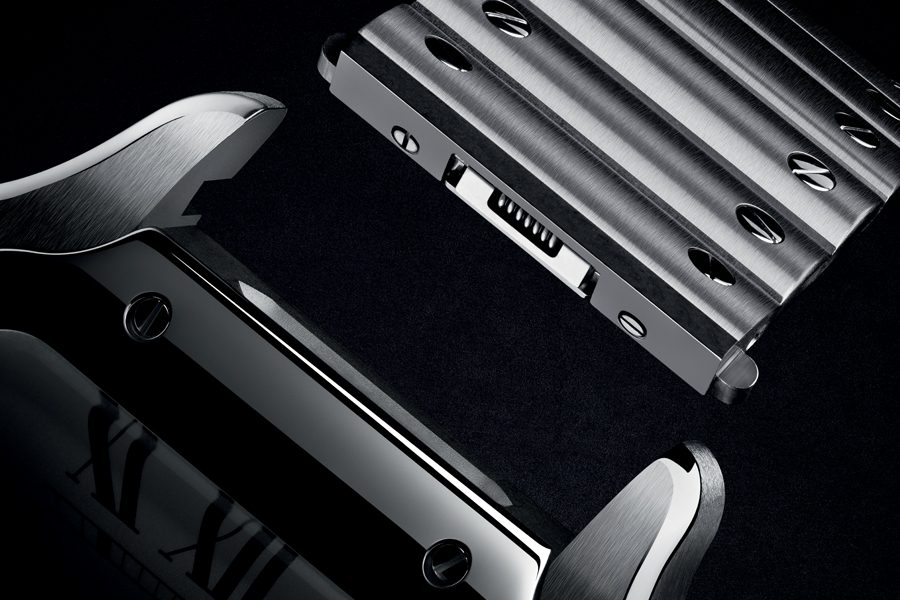Cartier: Santos
13 March 2018Cartier’s renews one of its watchmaking classics

Cartier presents the new Santos, a model that renews itself throughout each decade since its creation in 1904. The name comes from Albert Santos – Dumont, emblematic figure of the 20th century, and aviation pioneer. Creator of 22 flying machines “from the airship to the helicopter, from the monoplane to the biplane” he was the first person to fly around the Eiffel Tower in Paris in 1901. In 1900 Santos – Dumont met Monsieur Louis Cartier, who, three years later, created for him the first wristwatch, allowing his friend to check the time while flying.

This is the inner spirit of the Santos, an innovative and ever changing watch, symbol of avant-garde and freedom. In the new model, the squared shape remains unchanged, tribute to the four angular corners of the Eiffel Tower, as the eight screws displayed on the bezel, a detail that had been hitherto concealed. The design of the bezel has been updated to favor the synergy between the lines of the case and the strap, in order to optimize its ergonomics. Nowadays, the strap “the original one was in leather” is available in different materials, like steel, gold, calfskin or alligator skin, all interchangeable thanks to the Cartier QuickSwitch system (patent pending), an invisible mechanism activated by a simple pressure. Furthermore, the SmartLink system (patent pending), lets the wearer to adjust the length of the bracelet without the use of a tool.

Highly performing watch, created to suit practical needs, its calibre 1847 MC features anti-magnetic nickel phosphorus components in the escapement and movement mechanisms, which resists to powerful magnetic fields. Furthermore, thanks to the screw-down assembly design, the new Santos de Cartier offers water-resistance up to 10 ATM (100 meters) with minimal case thickness.
Accuracy and functionality are the main characteristics of this watch, tested by the Cartier Manufacture workshops, in order ensure resistance to humidity, temperature, pressure, exposure to impacts and acceleration.
By Francesca Favotto

